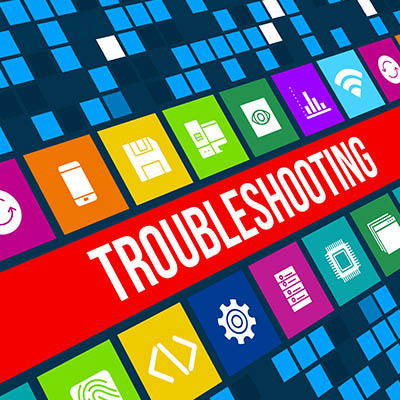Introduction
Properly installing devices and drivers is crucial so that your Windows system can function seamlessly. Despite this, there may be occasions where device installations experience issues or mistakes. Our goal in writing this article is to provide a comprehensive guide on troubleshooting device and driver installations. By following our instructions, you can effectively diagnose problems and find suitable solutions.
Check if the device is marked with a problem
In case the code set of your device indicates an issue, this points to possible problems during installation or with the settings/configuration of the device. To check for problem codes:
Verify whether the device’s icon in Device Manager shows a yellow triangle along with an exclamation mark overlay.
Launch the Properties dialog for the device to view the problem code value and the corresponding error message.

Analyzing device installation logs is capable of providing valuable information regarding the installation procedure as well as highlighting potential errors that might take place. Check for relevant log files in order to fully grasp what might be behind the occurrence..
Identify and resolve issues with a class installer during installation or the accompanying co-installer during the setup
To facilitate intricate driver installations, debugging class installers or co-installers can help identify issues. These tools enable you to trace and troubleshoot the installation process for more detailed analysis.
Conclusion
By observing these steps, you can verify if your device is installed correctly or identify and resolve problems with device installations on your Windows system. Understanding the problem codes, examining installation logs, and debugging installers can significantly improve the device and driver installation experience, ensuring optimal performance for your computer.










